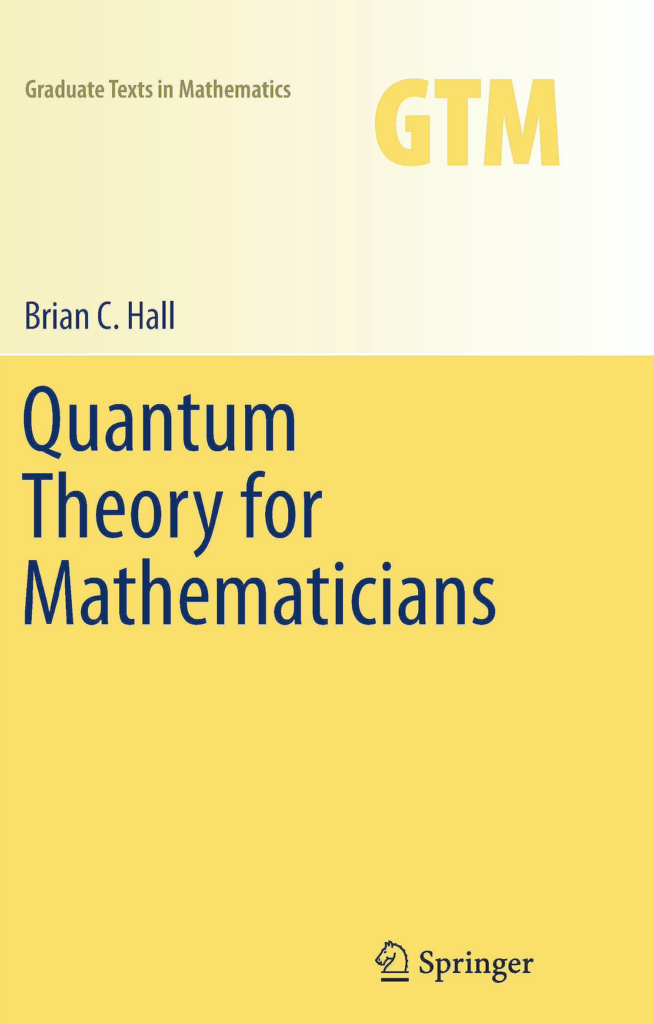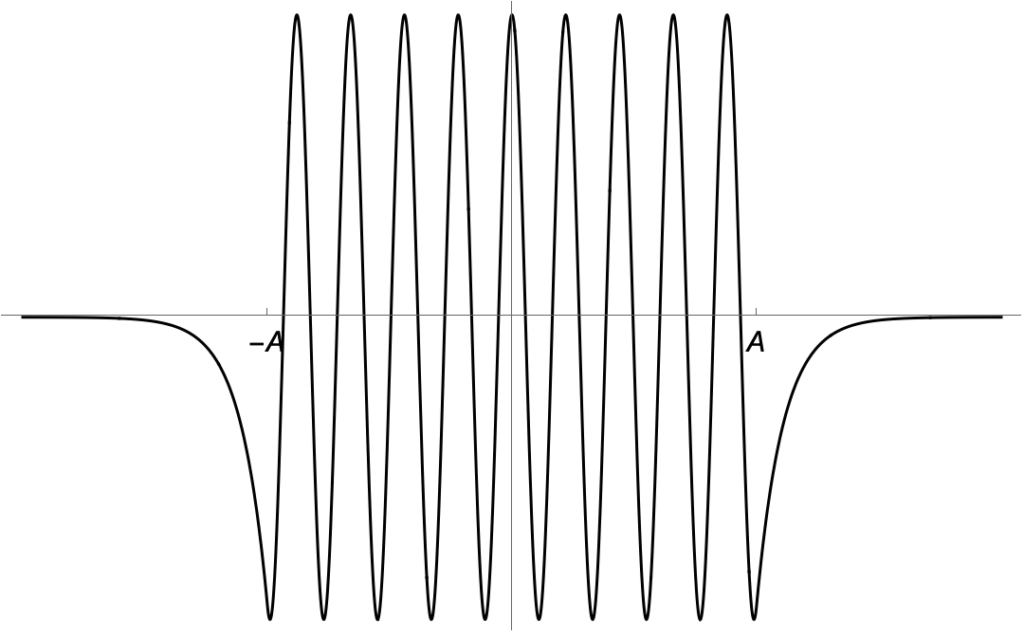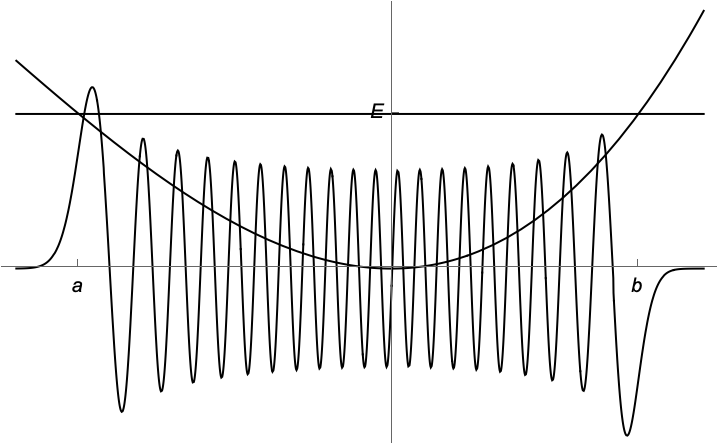
Corrections and additions
Here is a current list of corrections, as of August 2017: QuantumCorrections.pdf
Here are some additions to Sections 9.2, 17.5, and 18.5:
Extra stuff that couldn’t be included in the book
Table of contents and first chapter
This book aspires to be a self-contained and reasonably comprehensive treatment of quantum mechanics (excluding quantum field theory) from a mathematical perspective. No prior knowledge of physics is required, but only the basics of Hilbert spaces and real analysis. I begin with a discussion of the early-20th century experiments that led to the development of quantum mechanics. From there, I review elementary classical mechanics (energy, momentum, Newton’s Laws, etc.) and then proceed to elementary quantum mechanics. I discuss the Hilbert space approach to quantum mechanics, starting with the position and momentum operators, and the Schrodinger equation. In subsequent chapters, we examine two simple examples in one space dimension: a free particle and a particle in a square well.

I then provide a complete, self-contained treatement of spectral theory, starting with the spectral theorem for bounded self-adjoint operators, then introducing the notion of an unbounded operator and the spectral theorem for such operators. This section of the text is unavoidably technical at times, but it is designed so that the reader can take in as much or as little as he or she desires.
The next section of the book treats topics related to the canonical commutation relations, including the quantum harmonic oscillator, the Heisenberg uncertainty principle, the Weyl quantization scheme, and the Stone-von Neumann theorem (uniqueness of representations of the canonical commutation relations).

From there, we turn to what may be called “intermediate quantum mechanics.” I begin with the WKB approximation, including a rigorous estimate of the error in the approximation. I then discuss Lie groups and their role in quantum mechanics, starting with a one-chapter exposition of Lie groups, Lie algebras, and their representations. This material is then applied to angular momentum and spin in quantum mechanics. We then treat the bound states of the hydrogen atom, including the “hidden SO(4) symmetry” of the problem. We conclude this section with a examination of the general notion of the “state” of a quantum system (what physicists call “density matrices”), along with the distinction between “bosons” and “fermions.”
The book concludes with some more advanced topics, including the path-integral approach to quantum mechanics (the Feynman path integral formula and the Feynman-Kac theorem), symplectic mechanics on manifolds, and the theory of geometric quantization. Geometric quantization is treated first in the Euclidean case, so as to give the reader an idea of what is going on with a minumum of machinery. I then discuss the general case of quantization on symplectic manifolds.